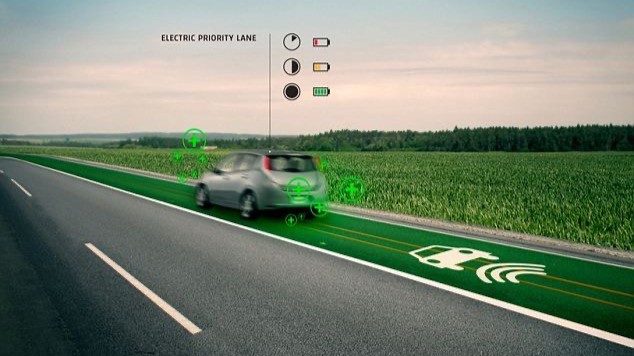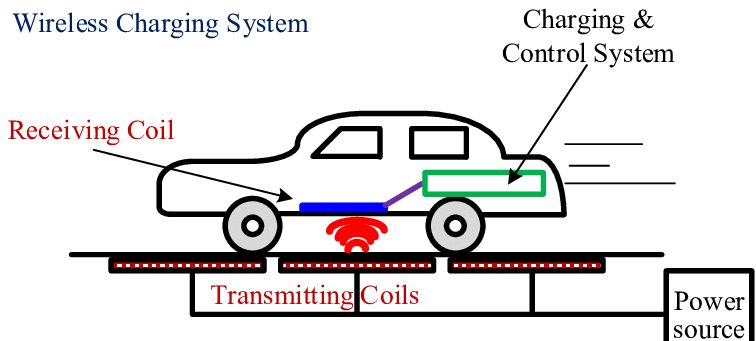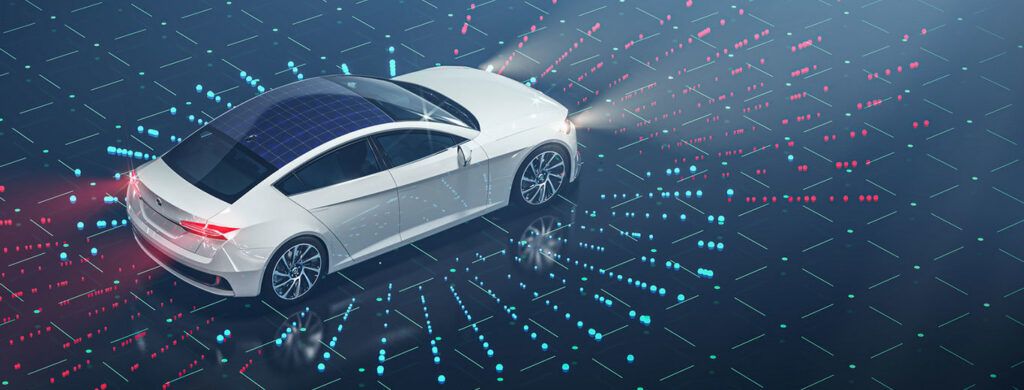With electric vehicles (EVs) rapidly gaining traction globally, charging technology has evolved to keep pace. Wireless EV charging—where vehicles charge while driving—is emerging as a revolutionary solution. This advancement not only increases convenience but also addresses key challenges in EV infrastructure, potentially transforming the way we power electric cars.

Driving and Charging: The Wireless Advantage
Wireless charging technology could redefine EV usability by allowing cars to charge directly from the road. By embedding electromagnetic induction coils beneath the surface, cars can receive a steady flow of energy as they move, removing the need to stop at a charging station. This innovation reduces downtime for EV owners and fleet operators alike, creating an efficient charging process that maximizes time and road productivity.
Streamlining Charging for Fleet and Public Vehicles
For fleet vehicles like taxis and delivery vans, wireless charging could be a game changer. These vehicles often need to remain in service for extended periods, and wireless charging while on the move or while parked at designated stops (like train stations or waiting zones) could enhance efficiency and keep these fleets operational longer. Additionally, this technology could help EVs use smaller, lighter batteries, potentially reducing costs and extending battery life.

Autonomous Vehicles and Wireless Charging
Autonomous vehicles—expected to play a major role in future transportation—are a perfect fit for wireless charging. With wireless systems, autonomous vehicles could self-charge without human intervention, aligning with their self-sustaining functionality. In this scenario, an autonomous EV could simply park over a charging pad or travel on an electrified lane, automatically replenishing its battery without halting operations.
How It Works: From Charging Pad to EV
Wireless charging relies on electromagnetic induction, where energy from a ground-installed pad is transferred through an air gap to the EV’s receiver. This process is similar to wireless phone charging, albeit on a larger scale, and presents a promising alternative to traditional plug-in methods. Although challenges such as cost, implementation, and standardization remain, the benefits may well be worth the effort as the technology matures.

The Vision for Electrified Roads
The long-term vision for wireless EV charging is a network of electrified roads, allowing EVs to drive long distances without ever needing a charging stop. This concept would address range anxiety, one of the biggest barriers to EV adoption, and make road trips in electric cars much more practical and accessible.


